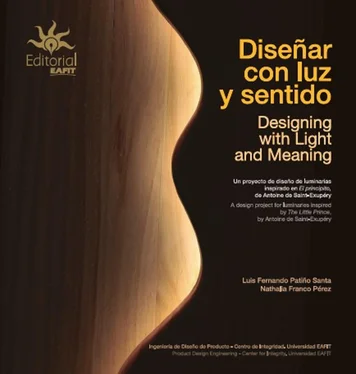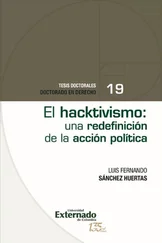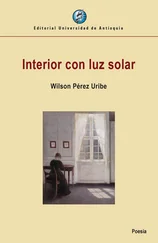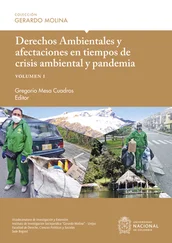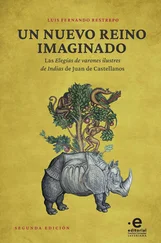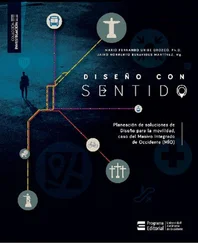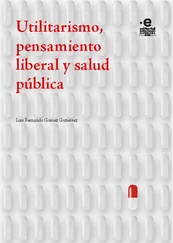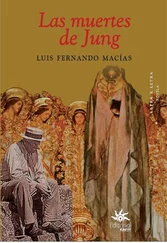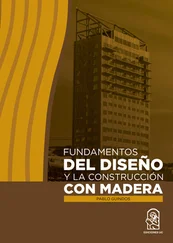Center for Integrity
In 2011, Universidad EAFIT started to develop a program of academic integrity with the idea of reducing academic fraud and promoting a culture of integrity. The program did not only seek to promote the culture of integrity in the classroom, but also in several spheres of life of those who were part of the EAFIT community. The project –called, “Atreverse a Pensar,” (Dare to Think in English)– designed a strong communicational component which effectively gave visibility to issue of integrity at the University. Additionally, an educational component was created with the idea of taking ethical reflection into the classroom. However, despite multiple efforts such as: conferences with experts, talks, film forums and studies, which served as a thermometer for academic honesty within the institution, the project directors understood that changing behavior is very complex and implied a longer-term program.
From the beginning, the members of the program have believed that communication plays an important role when it comes to highlighting integrity, being the controversial issue that it is. It was essential that the entire university community knew about the institution’s commitment to academic integrity. In this vein, they were aware that powerful and provocative messages on billboards, posters and virtual cards would be of great help to achieve that goal. Likewise, they intuited that the space and conditions for a genuine, profound reflection to be made, only existed within the singularity that emerged in each of the courses taught at the university, where a very special professor-student relationship could be built.
Over time, there were cases in which professors from EAFIT’s six schools (Administration, Engineering, Law, Humanities, Economics and Finance, and Sciences) effectively included the question of integrity at some point during the course and invited the students to question their decisions in moral terms. The students were invited to analyze business case studies in the light of ethics and to reflect on corruption as daily practice which has taken root in Colombian politics and – to some extent – the sphere of private enterprises.
The overall result after six years of the implementation of Dare to Think was positive. On one hand, there was a joy that this genuine desire to lead a project of applied ethics had been carried out at Universidad EAFIT. On the other hand, the deeper knowledge of the phenomenon of academic integrity – thanks to the lessons from all the years of work – required a position of greater commitment to continue the efforts, which would need a thought process with a more strategic look and a long-term horizon.
Thus, in July of 2016, the Center for Integrity was born and officially inaugurated on February 23, 2017. The ceremony was honored by the presence of the Spanish philosopher, Adela Cortina, who keynoted a conference called, “Education from Being: The Sense of Ethics in the Construction of a Fair and Inclusive Society. Having been established as a Center, working with professors and students began to take on a special relevance. For this reason, the Center’s founding principles include three lines of action: The Educational line, the Research line, and the Social Projection line.
In the educational line, the main purpose is to provide support to professors and students so that the teaching and learning experience is significant and transcendent in terms of being, knowledge and know-how. From this educational perspective, the Center for Integrity linked up with the Project 2 course at the beginning of the second semester of 2017. This was done with the aim of accompanying the luminaire design exercise during seven academic weeks, through a reflection on ethics based on The Little Prince , by Antoine de Saint-Exupéry.
Department of Artistic Development
The Department of Artistic Development, an area assigned to the Department of Human Development and University Wellbeing, is a place to discover oneself, to express cultural and artistic skills in a fun way, and to participate in an introspection oriented to personal knowledge. The Department provides a place where it is possible to involve oneself in the creation and appreciation of art. (Universidad EAFIT, N.d).
Within a framework of informal education, the department has facilitators and quality programs, coordinates activities directed to society, and offers training designed to complement the human being’s integral development.
In addition, having taken into consideration that skills can be developed, the Department promotes the stimulation of manual and physical aptitudes, training in different plastic art techniques, and the promotion of artistic appreciation.
This work is achieved thanks to the places adapted especially for the different expressions of culture and the arts. These hands-on experiences are carried out close enough for the participants to be actively involved – as artists or spectators. In this way, they can be trained as an audience that exercises critical thinking, has a high expectation of the future, and respects itsef and all artistic expression.
Thus, the Department of Artistic Development, directed by Elsa Vásquez, was invited to participate in the project of luminaries based on The Little Prince with origami and jewelry workshops. The goal was to enrich the language of the luminaries with paper folding and metal sheeting techniques and, in turn, for students to develop artistic skills and materialize them in their projects.
What follows is an explanation of what the exercise entailed from the pedagogical point of view and a discussion about the methodology.
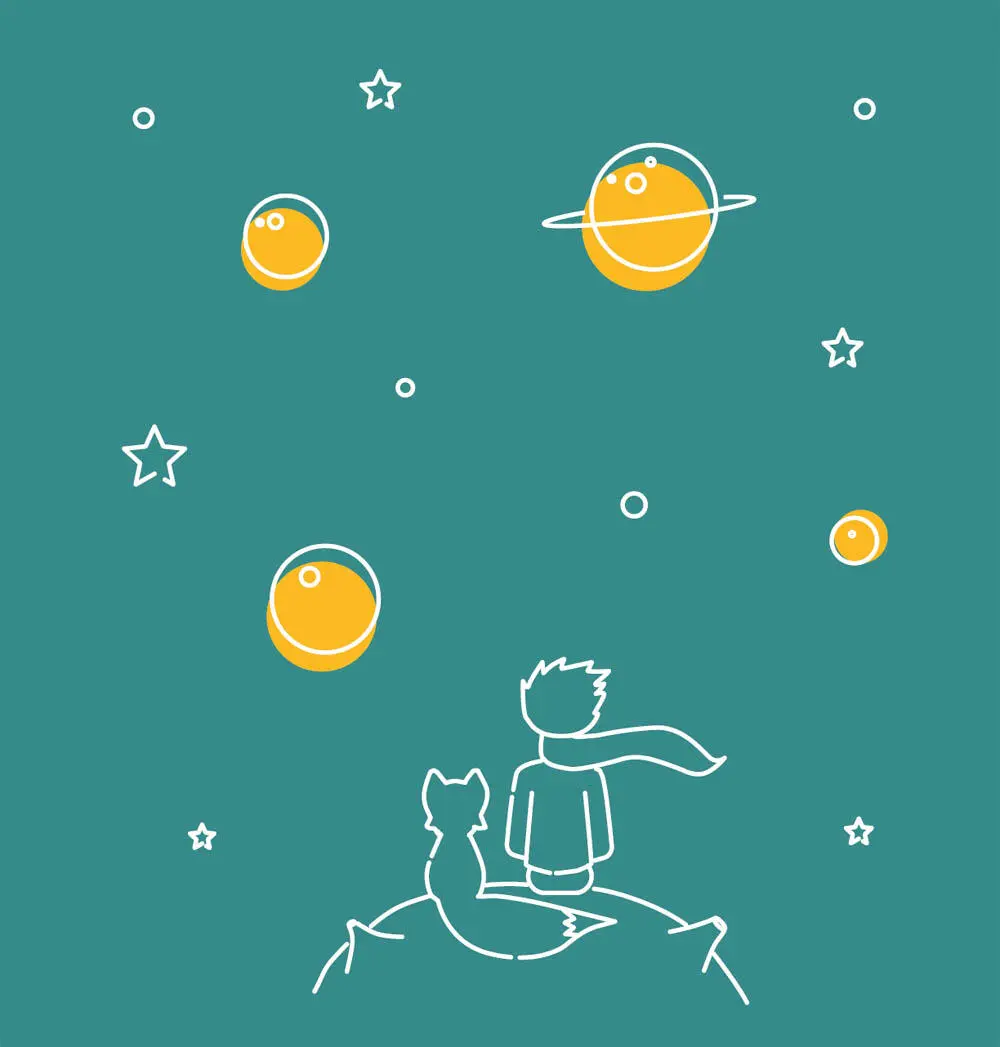
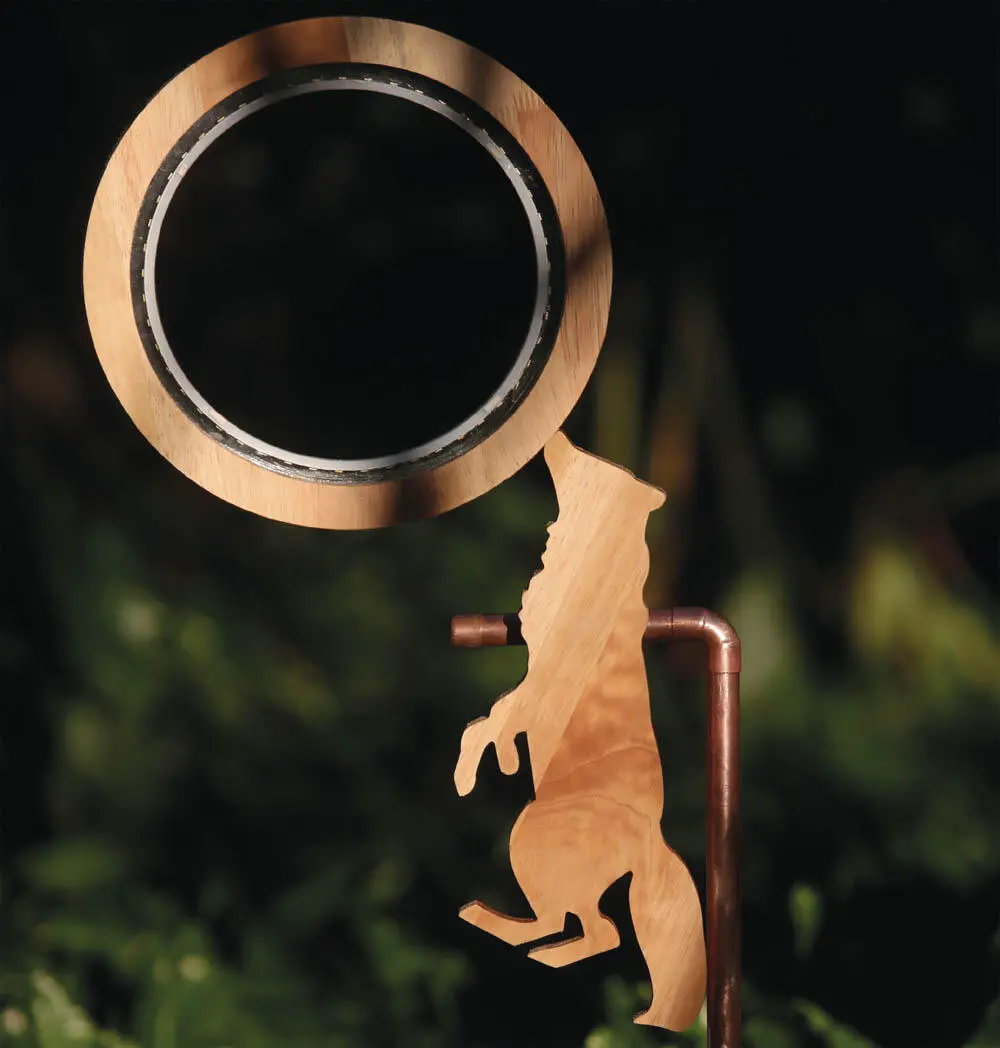
Chapter 1
Designing with Meaning
The day to day tasks faced by students in universities are: to discover the passion necessary to design, to understand and develop the engineer’s and designer’s own skills, to go inside and understand the meaning of the profession.
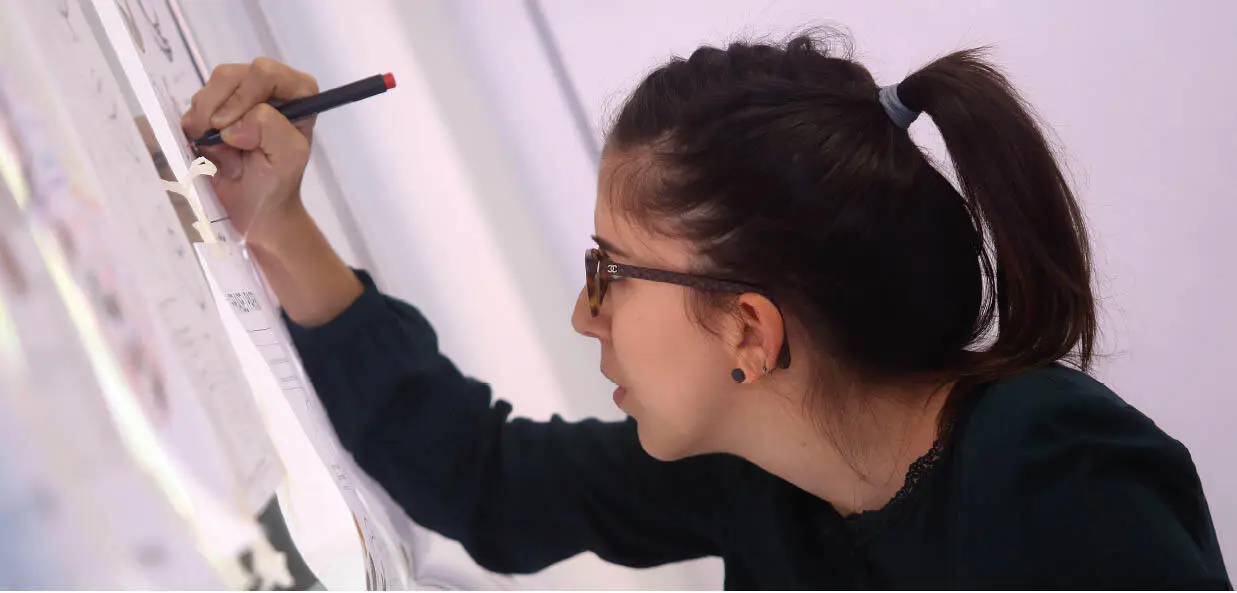
Teaching Design:A Challenge in This Era
The disciplines of design and engineering have never been so necessary as they are in today’s world. Design, innovation and design thinking are the main themes of the best design schools in the world. These schools have risen in crescendo the last fifty years in universities of long standing tradition. They include these topics in their students’ education with the objective of giving them the ability to develop the products or services that current and future companies demand. Likewise, there is a need for professors at these universities to help students find their creative strengths (Robinson and Aronica, 2009) when studying design careers. It is the educator’s job to cultivate and potentiate these strengths.
Challenges such as: launching innovative products into the market, cleaning up the environment or preventing pollution from happening, recycling, desalinating water, supplying new transport, housing, food or communication needs with alternative systems, as well as innovating in existing products to improve them; are not easy to solve. However, it seems that the discipline of the design engineer is increasingly attractive and the supply and demand of young people who want to be more creative, innovative and smart in this career or similar ones, is growing around the world.
Читать дальше
